Financial Moves to Consider in a
"Down" Year
It’s hard to find good news in today’s economic environment. COVID-19 single-handedly brought an end to the longest bull market in history and ushered in record-setting unemployment.
If you’re like millions of others in the country, you’ve lost income or possibly even your job. You also may have lost savings due to market volatility. Given that the coronavirus pandemic is still ongoing, there’s no telling how the economy or the financial markets may respond through the rest of the year.
Even in down years, there are still opportunities to improve your financial future. Below are three such moves to consider in your strategy:
Fund a Roth IRA.
In 2020, you can contribute up to $6,000 to a Roth IRA, or up to $7,000 if you are 50 or older.1 A Roth can be helpful because you can take tax-free withdrawals from it after age 59 ½, assuming you’ve held the account for at least five years.
Not everyone can use a Roth. If you’re a married couple making more than $206,000 or a single person making more than $139,000, you can’t contribute to a Roth IRA.2 However, if a pay cut has pushed you below the income limits, you could use this time to open a Roth.
Convert your IRA to a Roth.
Another option is a Roth conversion. This is a process that converts a traditional IRA into a Roth. You pay taxes on your IRA balance and then the net amount is deposited into a new Roth IRA. You face a current tax liability, but you get potentially tax-free income in retirement.
It may make sense to do a Roth conversion during a down year, when your income is reduced. You may be in a lower tax bracket and will thus face a lower tax bill on the conversion. A financial professional can help you explore this option.
Dollar-cost average.
Dollar-cost averaging is a strategy that can be helpful at all times, but especially during volatile periods. You contribute the same amount of money at regular intervals, like once per month. That money is then invested in a predetermined strategy.
The benefit of this is that you buy more shares when prices are low and fewer shares when prices are high. This reduces your overall cost, which increases your potential for growth. Again, a financial professional can help you implement a dollar-cost averaging strategy.
We can help you determine the right strategy in this volatile time. Contact us today at Benefit Resource Partners so we can help you develop a plan. Let’s connect soon and start the conversation.


